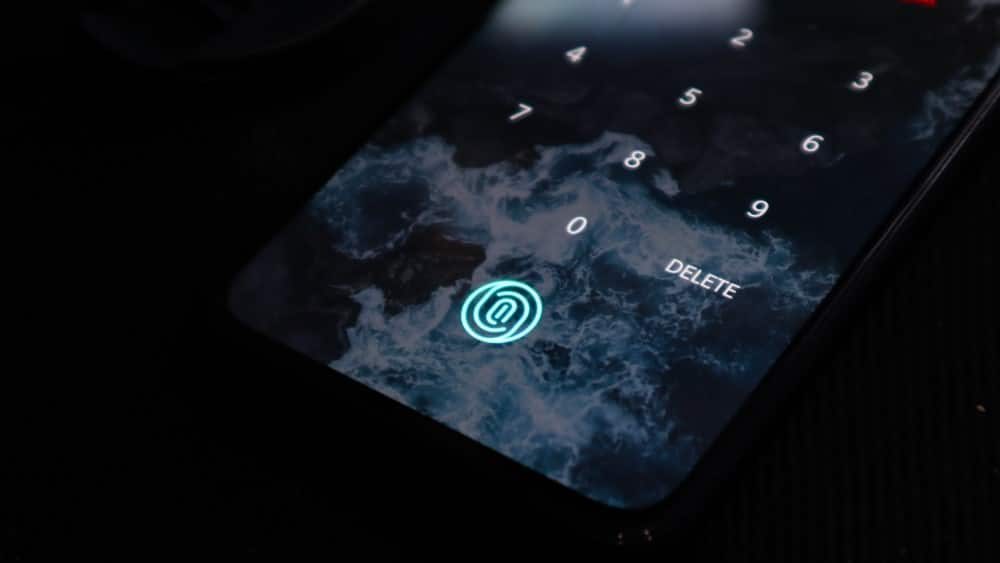Although the concept of digital footprint encompasses many meanings, they all have a common link: they have a digital component. In this article we are going to explain everything that this concept entails, focusing more specifically on the Internet footprint.
Tabla de contenidos
Let’s get started!
What is the fingerprint concept?
As we were saying, when we talk about “digital footprint” we can be referring to different concepts, although always within the digital environment. We are going to break down the three most common ones:
Fingerprinting: what is it?
As its name suggests, it is a fingerprint that has been digitized and is used in the digital environment to identify us as a person. Its use is widely spread in different areas and has allowed security to go a step further , making processes much more agile and, above all, more secure in the identification of people.
The security fingerprint: what is it?
The digital fingerprint is also known as the mechanism to defend the copyrights of works and prevent illegal copies from being made and detected. To achieve this, manufacturers introduce a series of additional bits in the digital media that allow them to identify whether the work has been copied illegally or unauthorized.
The digital footprint on the Internet: what is it?
The digital footprint on the Internet is what we will focus on in this article and basically consists of the trace we leave on the Internet when we browse different pages.
All the actions we carry out on the Internet usually leave a digital trail of information and this can be recognized within the network by different means that follow it. This is something we must keep in mind.
What is the Internet fingerprint and what is it for?
The digital footprint is nothing more than the collection of the actions we do on the Internet and classification of the data that browsers, search engines or web pages can know about us.
Data such as IP, which reveals our geographical location, or the acceptance of cookies when entering websites, are means through which we leave a trace on the Internet easily recognizable by third parties such as browsers, search engines or web pages. Within the network fingerprint we must also differentiate between passive and active fingerprints.
- Passive traces are all those data that are collected about us without us being able to do anything or without us being aware of it, such as tracking the IP address when you register on a website or introducing cookies in your web browser.
This type of fingerprint is usually for statistical purposes and is used as aggregated data to create profiles of individuals. - Active traces are data that we knowingly provide to Internet sites, such as social networks, or that we allow to be tracked by explicitly agreeing to it. This is where we need to be cautious and vigilant about what information we share or allow to be tracked.
The importance of the digital footprint on the Internet
The digital footprint on the Internet has great relevance, both for us as individuals and for companies, which do business around the data we share with them. On the one hand, the digital footprint has a direct impact on our digital identity, since the actions we take on the Internet often define who we are online.
On the other hand, it helps companies to better understand the behavior of users who are on the network or even have specific data on them. In this way they will be able to sell better to you or allow third party companies to do so. As usually happens for example with advertising on social networks: Facebook collects information about your likes and actions within the social network and offers it to companies to use in the segmentation of the advertising they buy.
How to control your digital footprint on the Internet
Much of the fingerprint is formed unconsciously. If you want to be able to control in some way the data you generate on the Internet while browsing, you can carry out certain recommendations taking into account that to enjoy the services of almost free navigation and services you are obliged to give up some data.
- Read the cookie policy and privacy policy before agreeing to anything. It may sound boring, but you’ll know what you’re committing to before you sign anything.
- Block or delete cookies. It is true that without cookies something may not work or the website may not remember certain passwords. Many times it seems that we have to accept them in order to continue. Yes, it is a good system to block third party cookies.
- Configure all the privacy options allowed by the social networks so that your data does not leave them and you are more secure.
The potential risks of the digital footprint on the Internet: your data leaves a trace
A digital footprint is a tool used in most cases for the good of people, but in the wrong hands or with unwanted intentions can pose a serious threat. This threat is not just limited to individuals, as companies with millions of users’ data must protect them as their most important asset. Any data leakage problem would impact your business and especially your online reputation.
Among the risks involved in the digital footprint on the Internet are the following:
- Phishing: This is what we call the impersonation of a person or brand on the Internet. If we know everything about a person or company, we can impersonate them digitally, thus deceiving users and abusing their trust.
- Massive data theft: This aspect greatly affects companies, since they are the ones that store large amounts of data. A data leakage results in a loss of trust in companies and can be damaging to the people affected.
- Discrimination: The digital footprint dictates who we are on the Internet and this can lead to situations of social, racial or gender discrimination. This is difficult to detect because the Internet is known for its anonymity and it is difficult to decipher the intentions behind people’s decisions when they have access to personal data.
- Spam: Your digital footprint is made up of personal data and this data, if accessed fraudulently, can be used for SPAM.
- Cyber-attacks or web hacks: Most of these attacks are caused more by the existence of an information leak than by a security breach. Cyber-attacks affect companies and their reputation is affected when they are victims.
The positive parts of the digital footprint in the network: your visible information
We must understand that the use of the Internet is positive and in many cases, enriching, since it allows us to have information that we did not know and expands our knowledge. All we need to do is to be aware of the existence of our own digital footprint and that this, in turn, is creating our identity on the network .
With these aspects in mind we will be more responsible when it comes to:
- Create a digital footprint consciously, thinking about the implications of our actions on the Internet and the information we share.
- Think before publishing or giving information as true without having previously contrasted it, since it may be fake news.
- Enhance the features of our digital footprint that interest us and minimize those that we believe do not contribute anything or even harm us.
- Delete data and information that we do not want companies to have.
Due to technological advances in recent years, the presence of users’ personal data and information in the digital world is increasing. It is important to take this into account, both on a personal level and on the part of the companies, since both what the brands know about us and the reputation of the companies themselves are at stake.
Photos, videos, negative reviews, or fake news can impact your image. We help you remove or deindex them. Leave your details and we’ll contact you.
Photos, videos, negative reviews, or fake news can impact your image. We help you remove or deindex them. Leave your details and we’ll contact you.








